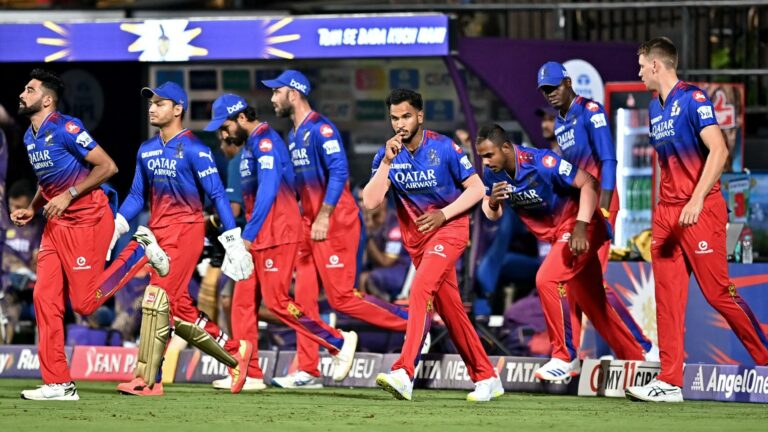IPL and Its Impact on Cricket-Based Competitions and Tournaments
Online Cricket ID, Play99exch: The emergence of T20 leagues was primarily driven by the need for shorter, more explosive formats of the game to cater to the changing preferences of modern audiences. With fast-paced lifestyles and shorter attention spans becoming the norm, the traditional formats of cricket were deemed too slow and lengthy to capture the interest of a wider demographic.
Moreover, the commercial potential of T20 cricket played a significant role in the rise of these leagues. Sponsors and broadcasters saw the fast-paced nature of T20 matches as a lucrative opportunity to engage a larger audience and capitalize on advertising revenues. The shorter duration of the games also made it easier to fit into packed schedules, leading to increased viewership and fan engagement.
Evolution of Cricket Formats
Cricket formats have undergone significant evolution over the years, adapting to the changing demands of players and fans. From the traditional Test matches that last up to five days, to the fast-paced One Day Internationals (ODIs) that brought in a new audience, the sport has continuously evolved. The innovation of Twenty20 (T20) cricket, characterized by intense gameplay within a span of three hours, revolutionized the game and attracted a younger and more dynamic following.
The introduction of T20 cricket leagues around the world has played a vital role in the evolution of cricket formats. Leagues such as the Indian Premier League (IPL) and the Big Bash League in Australia have propelled the popularity of T20 cricket to new heights. The franchise-based model has brought in a fresh approach to the game, with teams assembling a mix of international stars and local talent, providing fans with a unique and enthralling cricketing experience.
Commercialization of Cricket
Cricket, once a sport deeply rooted in tradition and heritage, has now witnessed a significant shift towards commercialization. With the advent of T20 leagues around the world, the game has transformed into a lucrative business opportunity for stakeholders. The commercialization of cricket is evident through the massive sponsorships, advertisement deals, and broadcasting rights that have flooded the sport in recent years.
The infusion of private ownership in cricket teams, along with the rise of franchise-based leagues, has fueled the commercialization process. Team owners, seeking returns on their investments, have pushed for the expansion of tournaments and the introduction of innovative marketing strategies to attract more audiences. This shift towards a more profit-oriented approach has undoubtedly changed the landscape of cricket, turning it into a high-stakes industry where financial gains often take precedence over the traditional spirit of the game.







